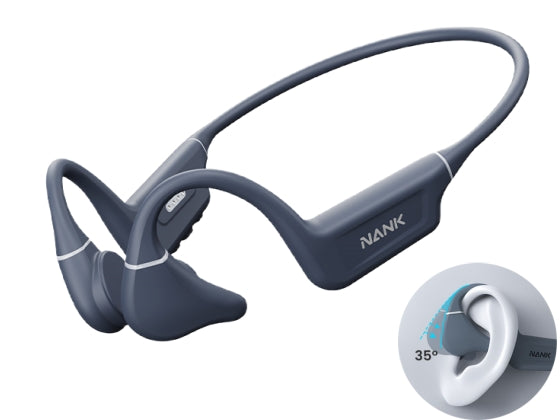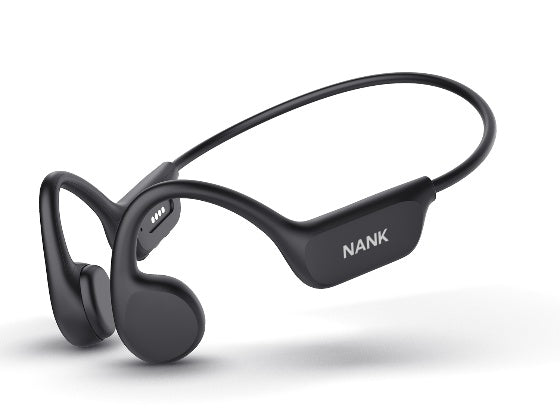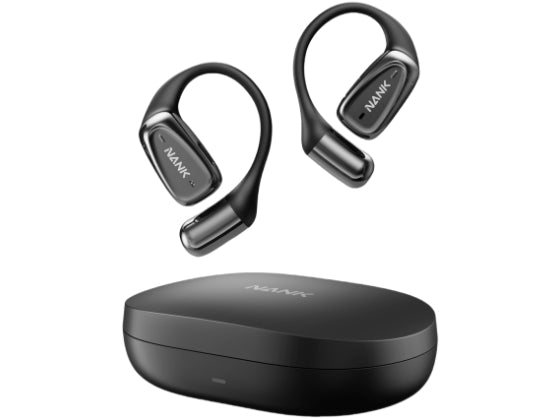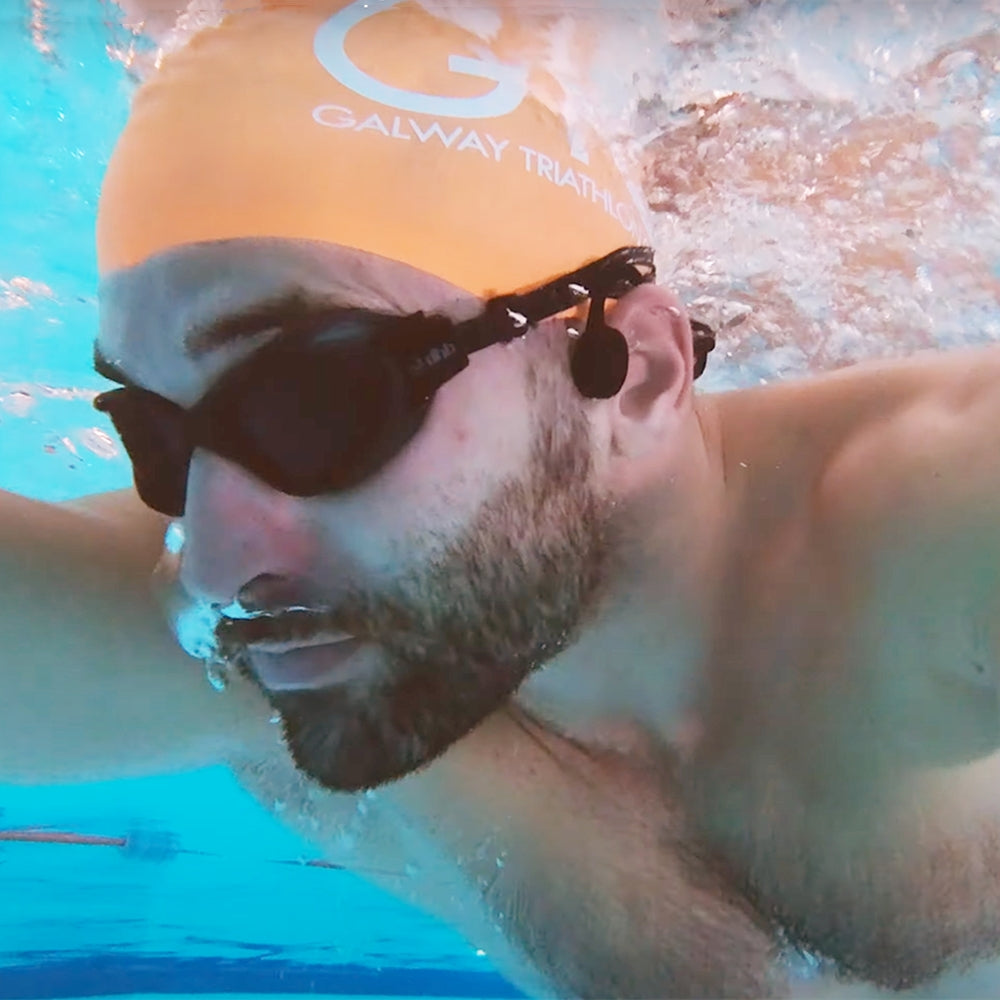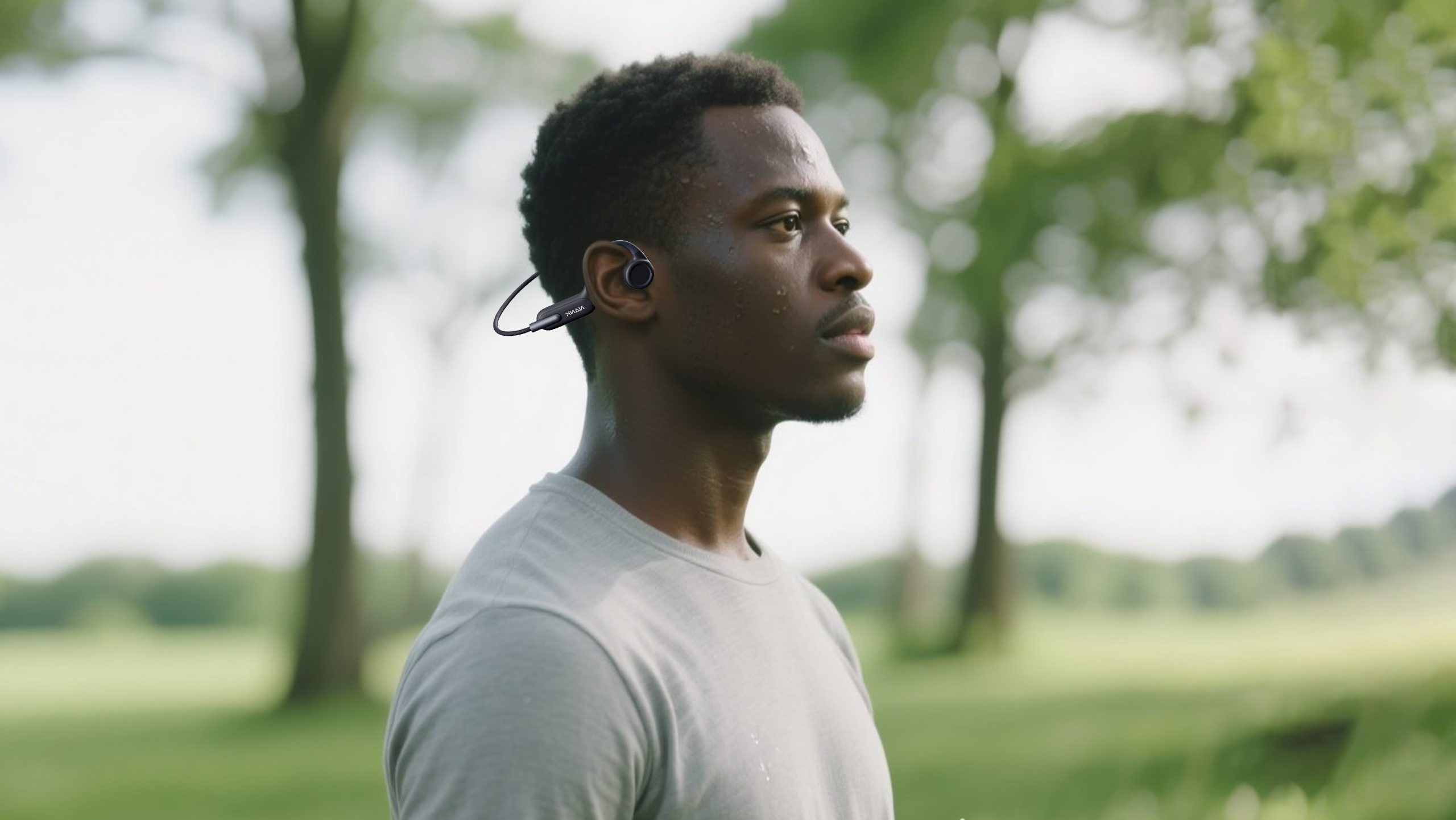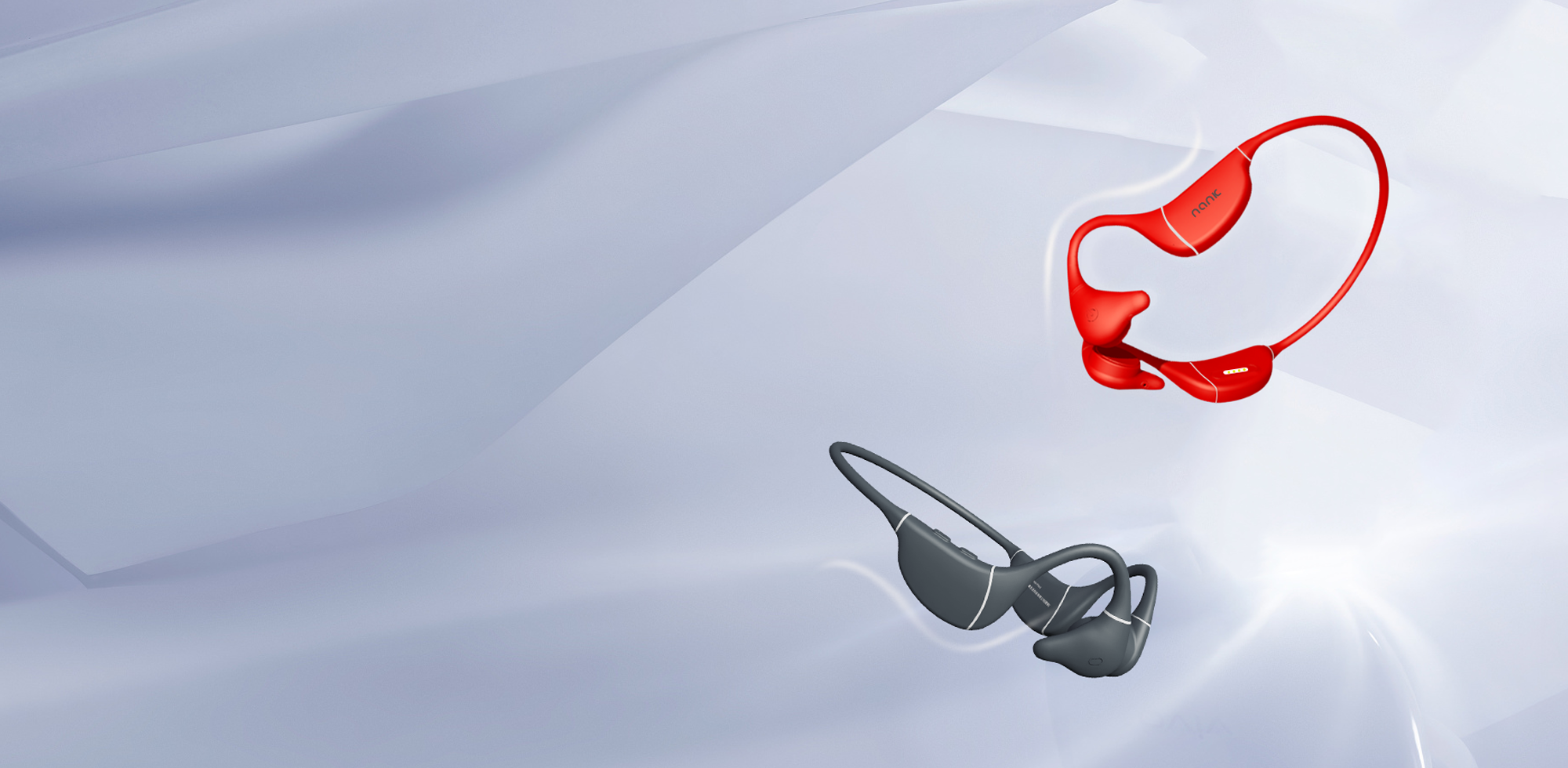
Travel Safety: A Priority That Cannot Be Ignored
Travel safety is a crucial topic in life—especially for those who commute daily. Life only happens once, and any improper habit or behavior could lead to irreversible consequences.
In today’s fast-paced urban lifestyle, commuting is more than just moving from home to the office; it’s how we interact with the city itself. Increasingly, people wear headphones while commuting via subway, bus, bike, or even on foot—listening to music, catching up on work, or immersing themselves in podcasts. While this habit provides relaxation and entertainment, it also comes with potential safety risks—particularly when awareness of your environment is essential.
In recent years, open-ear headphones have emerged as a game-changer in the audio market. Their design keeps your ear canal open, allowing you to enjoy sound while still hearing your surroundings. But are they truly better suited for modern commuting? Could this be the future standard in Commuting headphones?

Why More Commuters Are Switching to Open-Ear Headphones?
Traditional in-ear or over-ear headphones often prioritize sound isolation and immersive audio—at the cost of environmental awareness. When riding a bike through busy streets, fully blocked ears can prevent you from hearing approaching vehicles or horns. On the subway, you might miss safety announcements or stop notifications. Crossing streets while unaware of your surroundings raises risks significantly.
Moreover, prolonged use of sealed headphones can lead to ear pressure, bacterial buildup, and hearing fatigue, all of which detract from the commuting experience.
Today, more people are realizing that "hearing what’s around you" is just as important as hearing music. Traditional headphones block the ear canal and can cause users to miss important cues—from traffic to sudden events or even someone calling your name. Open-ear headphones work differently. They use bone conduction or air conduction technology to deliver sound without sealing your ears—letting you “hear the world and the music” at the same time.
As awareness of health and safety grows, something as routine as “listening to music during your commute” is being redefined—and open-ear headphones are a direct result of that evolution.

Why Are Open-Ear Headphones Better for Daily Travel?
The core advantage of open-ear headphones lies in their seamless integration with different commuting habits. Without needing to change your routine, they can enhance your travel experience:
Biking: Awareness Is Critical
While biking through urban streets, real-time feedback from your environment is crucial. Open-ear headphones allow you to hear GPS navigation or music while staying alert to surrounding traffic, honks, and pedestrian warnings—greatly reducing accident risks.
Walking & Running: Stay Present Without Losing Focus
Running or walking as part of your commute is becoming more popular, especially among younger professionals. Traditional headphones can cause discomfort, heat, or fall out easily. Open-ear headphones offer stable fit, breathability, and ambient awareness—making them the perfect choice for safe and immersive city travel.
Public Transportation: Don’t Miss Important Signals
Many commuters listen to podcasts or attend online meetings on buses or subways. Noise-isolating headphones may cause you to miss stop announcements or safety messages—especially on platforms and escalators. Open-ear headphones let external sounds in without interfering with your listening, keeping you alert and informed.

Best Travel Headphone Pick: NANK Runner Diver2 Pro
In urban commuting, headphones are not just accessories—they’re safety tools. The NANK Runner Diver2 Pro uses bone conduction technology, delivering sound through your cheekbones without blocking the ear canal. Whether biking through traffic or navigating a packed train, you can enjoy music while staying fully aware of your surroundings—avoiding the risk of "sealed listening."
To further enhance comfort and reliability, the Runner Diver2 Pro features IP69 waterproofing, making it resistant to sweat and rain. Its ultra-light body (only 32g) and secure over-ear fit ensure all-day comfort and stability—even when running or getting on/off public transit. With magnetic fast charging and 32GB internal storage, you can listen without your phone—even in places with no signal. This makes it the ideal choice for commuters who want freedom, safety, and convenience.
With Runner Diver2 Pro, you no longer have to choose between “immersion” and “awareness.”
Technology gives you the best of both worlds.
“This is the first time I feel like music enhances my commute—instead of putting me at risk.”
—User Review
Will Open-Ear Headphones Become Standard for Commuting?
Our answer: Very likely. Not just because they’re comfortable and advanced—but because they meet real-world needs. In a city filled with noise, signals, and unpredictability, the ability to hear both your audio and the world around you is true intelligent commuting.
Open-ear headphones are no longer just a tech trend—they are becoming the optimal balance of safety, performance, and experience for modern travelers.

Conclusion: Hear the World Differently
Choosing the right open-ear headphones isn’t just a tech purchase—it’s a lifestyle upgrade. With user-centered innovation, the NANK Runner Diver2 Pro is fast becoming the top choice for urban commuters, fitness enthusiasts, and wellness-conscious users.
Are you ready to move from “blocking out the world” to “listening with awareness”?
Now is the perfect time to redefine your commuting experience.
FAQ
1. What types of commuting are open-ear headphones suitable for?
Open-ear headphones are ideal for biking, walking, running, and using public transit. They allow you to stay connected to your surroundings while enjoying music, enhancing safety and situational awareness.
2. Are bone conduction headphones the same as open-ear headphones?
Bone conduction headphones are a type of open-ear headphone. However, the open-ear category also includes designs that use air conduction or other external sound delivery methods. Bone conduction is ideal for those with sensitive ear canals or people needing hearing protection.
3. Do open-ear headphones affect sound quality?
Compared to closed-back headphones, open-ear models may have slightly weaker bass due to their design. However, high-quality open-ear headphones like the NANK Runner Diver2 Pro offer excellent clarity in the mid and high ranges, along with clear call quality and stable audio—more than enough for commuting and exercise.
4. Can open-ear headphones be used in noisy environments?
Yes. While they don’t cancel noise, open-ear headphones are designed for situational listening. With directional sound and AI noise reduction, premium models can maintain clear audio and voice pickup even in subways or traffic-heavy areas.
5. Are they safe to use in the rain or during intense workouts?
Absolutely. The NANK Runner Diver2 Pro features IP69 waterproofing, making it suitable for rainy commutes, sweaty workouts, and even swimming. It can easily handle daily exposure to water or moisture without compromising performance.

